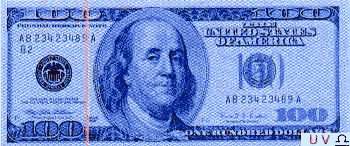Counterfeit detection technologies have become increasingly important in today’s economy where counterfeiting continues to pose a major problem to both businesses and consumers alike. Over the past few years, there have been numerous breakthroughs in the field of counterfeit detection devices, which have led to more effective technologies being developed.
One of the most notable advances in counterfeiting detection devices is the integration of cutting-edge technologies such as machine learning, data analytics, and secure ledger. For instance, some organizations are now using machine learning-based counterfeit detection systems that can analyze information and identify counterfeit goods with a high degree of precision. These technologies use machine learning methods to learn from existing knowledge and improve their identification capabilities over time.
Another advance in counterfeiting detection technologies is the use of blockchain technology. Secure ledger, which is a trustless and trustworthy database, can be used to create a unique digital signature for genuine products. This digital fingerprint can then be used to authenticate the legitimacy of a product, making it extremely difficult for counterfeiters to create fake versions.
Smart shipping is also becoming increasingly popular in the battle against counterfeiting. Smart cargo uses various products such as tracking, RFID, and barcodes to track merchandise throughout their distribution system. This allows companies to track their goods in real-time and detect any unusual incident.

Another key trend in counterfeit detection devices is the use of near-infrared light system. Near-infrared light technology uses special lighting to identify changes in the makeup of substances, which can be used to detect counterfeit products. For example, some thieves may use cheaper substances that are not visible to the naked eye, but can be detected using NIR light system.
In addition to these advanced products, there are also many other developments in counterfeiting detection systems that are worth highlighting. For instance, some organizations are now using 3D production to create customized counterfeit hundred dollar bills for sale detection technologies that are tailored to specific industries or merchandise. Others are using social media to locate and locate counterfeiters.
It’s worth noting that while these cutting-edge solutions are successful in detecting plagiarisms, they are only as good as the data that is used to inform them. Therefore, it’s essential for companies to provide high-quality knowledge to these solutions to ensure that they can correctly detect plagiarisms.
In wrap-up, the trends in counterfeit detection devices are rapidly evolving, driven by innovations in science and the increasing risk of theft. As organizations and consumers continue to rely on these technologies to prevent fakes, it’s crucial that they stay up-to-date with the latest technologies and trends in the field. By doing so, they can stay ahead of the thieves and shield themselves from the risks associated with counterfeit goods.
